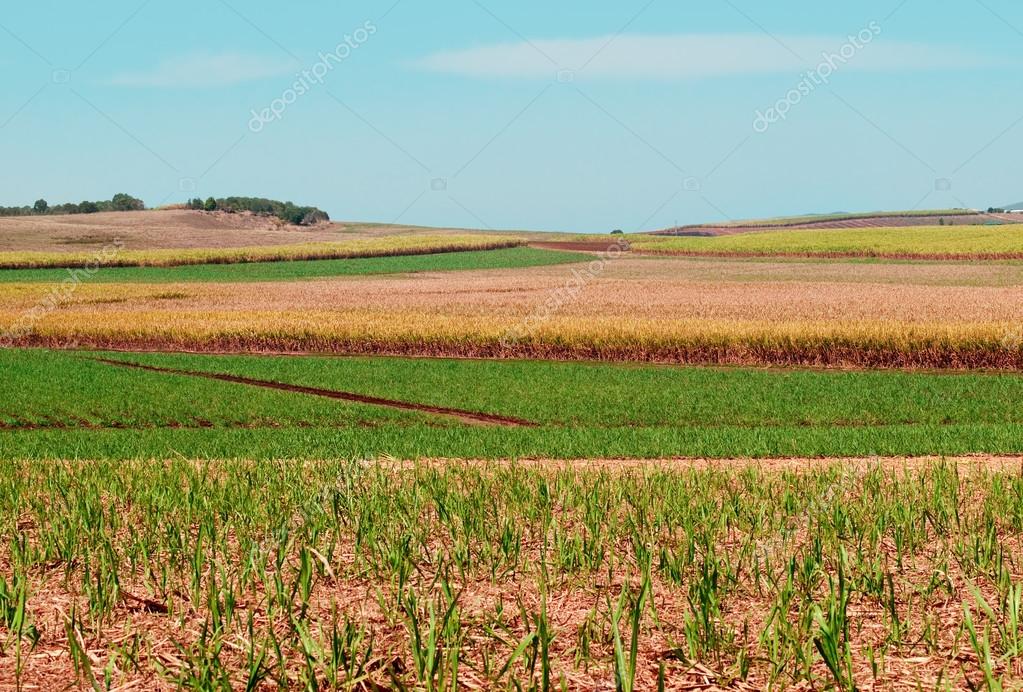



Australia is one of the main producers of a variety of agricultural products. Not only are these goods enjoyed domestically, but they are also exported to countries all over the world. Some of the major products that the nation produces are wheat, wool and beef. Moreover, mainstream, commercial crops are also found in abundance. They include broadacre grains, oilseeds and legumes. Additionally, some of the intensive crops include rice, sugar, cotton, bananas, potatoes and grapes. Looking back, in 2010-11 total farm production was $60 billion and exports were around $45 billion.
When compared to the size of Australia’s economy, agriculture provides a disproportionately large share of Australia’s exports: 21 per cent of merchandise exports compared to 3 per cent of GDP. Nevertheless, agriculture may be deemed as one of the largest employers of the nation. Additionally, agriculture has a major input into some of the other industries as well. This is especially true of the food processing industry. In fact, there was a turnover of over $65 billion and a value-added of $24 billion. Due to its strong competitive advantage, the agricultural sector is an extremely favourable one. This is mainly due to the use of technology, the strength of the workforce and geography.
Consequently, agriculture is one of the most productive and internationally competitive sectors of the Australian economy. Productivity is expected to increase quite considerably over the next few years due to the ending of the recent drought which lasted around 10 years in some areas. Additionally, export markets take the bulk of Australian wheat, beef, cotton, sugar and wool production. Domestic markets are as important or more important than export markets for mutton, dairy products, coarse grains, pulses and horticultural crops.
Around 70 per cent of Australian farm production is exported. strong opportunities for food exports have emerged in the Asian region, with rising living standards and changes in dietary preferences create demand for more food and for a wider variety. Processed food exports have increased, on average, by 10 per cent over the past 10 years.
The climate is also a significant influence on Australian farm production. with the ending of the recent drought, the value of value production increase considerably in 2011-12. The effect on some commodities is very large, with the value of rice and cotton production expected to increase by as much as 50 per cent after recent heavy rains.
Australian farm industries operate in an open economy with little or no domestic price support or protection, so the incomes of farmers are closely linked to movements in international prices and exchange rates. Australia generally has little influence on market prices, the principal exception being wool.
Hence, Australia’s agricultural sector thrives due to the harmony of all these sectors.
Article by: Hari Yellina (Orchard Tech)